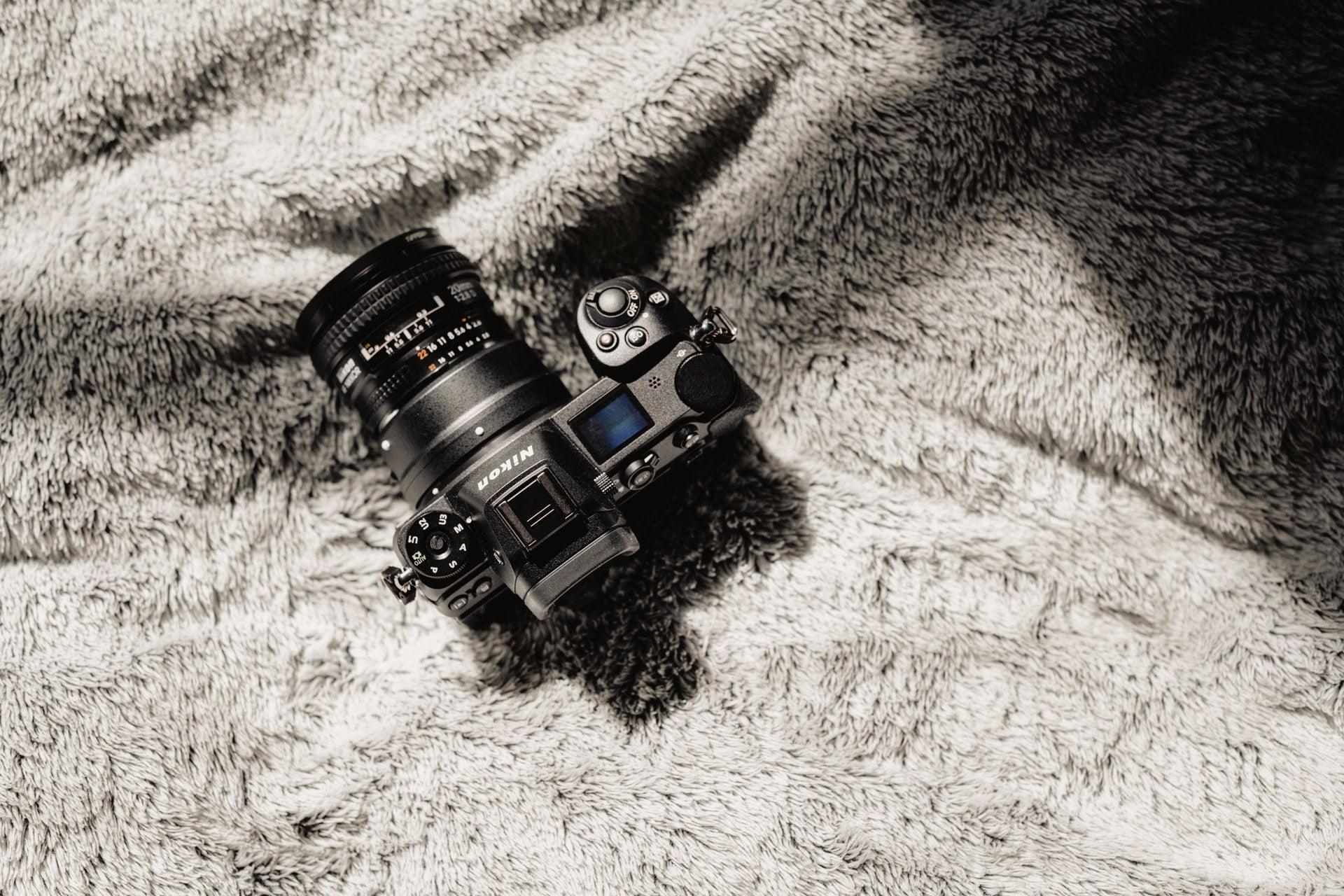Nikon has been successful with its Z series cameras and alongside that progress, the company has updated its Z lens roadmap last December, 2021. But for Nikon Z 50 and Z fc users, the roadmap is a little bit disappointing.
According to the latest Nikon Z lens road map, four Nikon Z DX lenses will arrive soon and three of them are already in the market.
The Nikon DX 16-50mm f/3.5-6.3 and the Nikon DX 50-250mm f/4.5-6.3 have been out for a while now and are usually offered as a bundle for the Nikon Z50 and the Nikon Z Fc.
Meanwhile, DX users also have a versatile lens in the form of the Nikon DX 18-140mm f/3.5-63.
The only lens waiting to be released is the Nikon DX 12-28mm, which is perfect for users who are looking for an ultrawide lens.

Nikon FX lenses on DX Z cameras
There are more than 20 native Nikon full-frame (FX) Z lenses available today, which is far greater that the available DX lenses.
The good thing is, DX Z cameras can accommodate full frame lenses. However, if you are going to use a full frame Nikon lens on a crop sensor camera, there will be a 1.5-1.6x crop factor.
Full frame lenses are larger too, which defeats the advantage of smaller cameras in the first place.
Using FX lenses is a neat solution to the DX lens shortage, but it is not enough. Sure enough, there are lens adapters available. But that adds to the overall size of the camera as well.
Sure, Nikon full-frame mirrorless cameras are the company's best sellers. But is it a good enough reason for them to ignore the DX market totally?
What's next for crop-sensor Z camera users?
There is nothing much that Nikon Z DX camera users can do but wait until Nikon expands their DX lens lineup. Third-party manufacturers like Sigma and Tamron might chime in too, but that is still unsure.
At the moment, the best option is to adapt older lenses or use full-frame Nikon lenses.
It is not the best thing to do considering the cost and the size of these lenses. But the good thing is, if you are going to upgrade to the full-frame cameras, then you'll have lenses ready when you make the switch.

How does the Nikon DX lens lineup compare to its competitors?
Canon and Sony are Nikon's biggest rivals today. While, Sony offers mirrorless cameras with an APS-C size sensors, it's lens line up are great at the moment. Sony users are in a good spot due to the native lenses and third party options.
Meanwhile, Canon has two mirrorless camera lineups. The Canon RF mount are all full-frame while the Canon M-mount have APS-C sensors.
The Canon M-mount cameras have a lens lineup that covers the basic focal length such as ultrawide and telephoto lenses. Just like Sony, there are available third party options too so it eliminates the problem Nikon is experiencing right now.
However, there are reports that the Canon M cameras might be dropped soon.
With that being said, Sony has around 19 native lenses for its crop-sensor cameras. Third party manufacturers also add more to these lens options.
Another Japanese company that focuses on APS-C cameras is Fujifilm. They do not have a full-frame camera lineup so the majority of their lenses are for crop cameras.
Fujifilm currently has more than 30 lenses available for APS-C cameras. Like Sony, third-party options are available as well.
The differences between the number of Nikon DX lenses and the ones from Sony and Fujifilm are massive.
Nikon has a lot of catching up to do. If their strategy is to allow users to switch to full frame, then good. If not, then some of their users might make the switch.


Comments
Thanks for the correction AJ. The article is updated now. And while the Canon EOS M have been around for awhile, Canon is expected to produce APS-C RF-mount cameras so the thought of the M-mount lineup has slipped my mind.
This statement is completely wrong…“Meanwhile, Canon only offers full-frame mirrorless cameras”.
Canon’s M series APS-C cameras have been out for a decade.